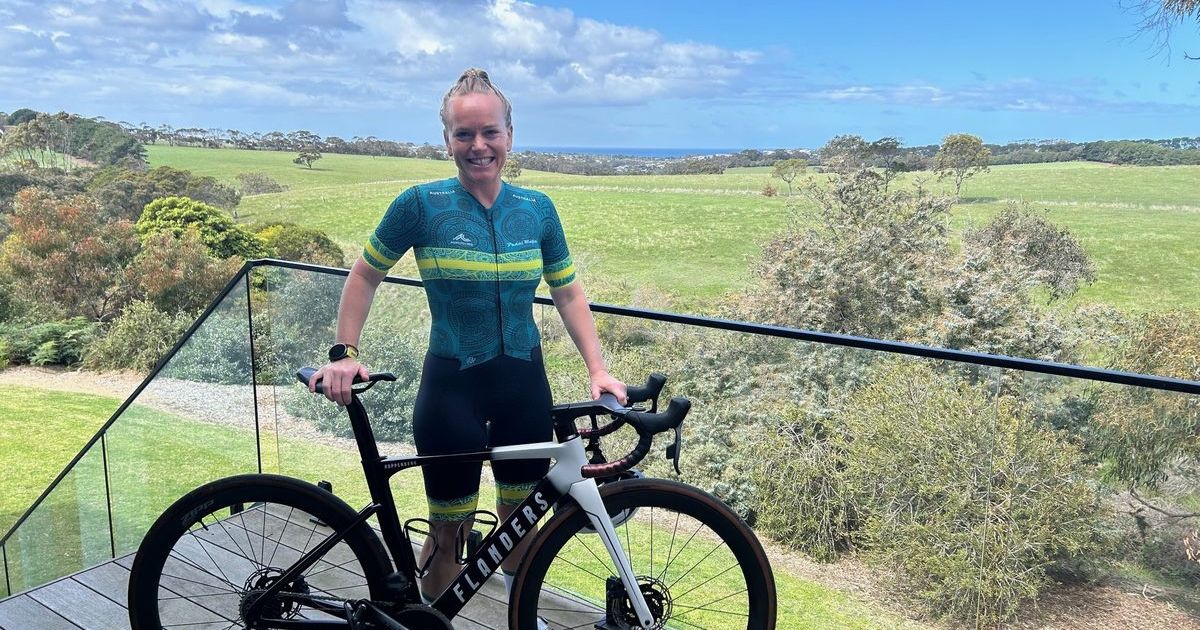Grapevine: Amber trends

Blind Corner, based in Margaret River, make both ‘classic’ wine styles famous in the region and several wines that reach into the natural and amber spectrum.
It is said that only around 10 per cent of the population has a genuine interest in wine, which means for most people the term orange/amber wine probably means very little and is very likely just confusing.
Nevertheless, it has been a growing trend for a few years now and thus you’re likely to bump in to one at a restaurant or on a store shelf.
Amber wines, simply put, are the Rose equivalent of whites. Where Rose wines can be thought of as red grapes processed in a manner similar to white wines typically are, Amber wines are white grapes processed in a manner more common for red grapes. By leaving the juice of white grapes in contact with their skins, the skins macerate and begin to leach various compounds – some for flavour and some of which are tannins that contribute the drying/astringent sensation in red wines.
The technique goes back to the beginning of wine in Georgia, where some of the earliest evidence of wine production is found. While it never slowed down or died out, it rarely found favour in other major wine producing countries – for example the colour, the tannins and some flavours would have lost points for the wine in many wine competitions, maybe even ruling them out as faulty.
On the back of the movement towards wines of less or little ‘intervention’ in the process from harvest to bottling, these wines began to find favour again particularly among sommeliers for their food friendliness and unique flavour profiles. Much like whole bunches a few years ago, or copious amounts of new oak a decade ago, it was taken pretty close to its extreme. Several months of leaving the juice in contact with its skins certainly works in some circumstances, but when a trend is in full swing, there is always a portion of producers who are blindly following the herd without considering their own context.
The producers making wines with very long skin-contact times, and aggressive oxidative handling will likely garner a lot of the attention because they are going outside the norm, but it’s probably not the best place for you to start with the wines. Easing your way in with wines that may see some modest skin-contact is a better way to get a taste for the wines and from there you can take yourself as far down the rabbit hole as you desire.
Over the course of this year, at least from the wines we have seen, it seems that a more measured approach has taken over on average; the technique was driven to its extreme and now we are finding where the real balance lies somewhere in the middle. Blind Corner, based in Margaret River, make both ‘classic’ wine styles famous in the region such as Chardonnay and Cabernet Blends but they also have an adventurous streak and produce several wines that reach into the natural and amber spectrum.
Their ‘Orange’ wine ($24) is both very adventurous and an excellent stepping stone in to this style of wine. Adventurous in its construction using Pinot Gris, Sauvignon Blanc, Semillon, Chenin Blanc which are all fermented in skins and even the small addition of some Cabernet late in the blend for some colour and familiar red wine flavours. The white grape varieties bring plenty of mouth-watering freshness driven by citrus and apple fruits along with some tropical fruit sweetness and a mix of the blossom and tea-like characters that often crop up in these wines. Their time spent on skins brings the normally unexpected grip and chew from the tannins, though neither the acid or tannin holds too strong a hand, merely creating lovely textural complexity.

















